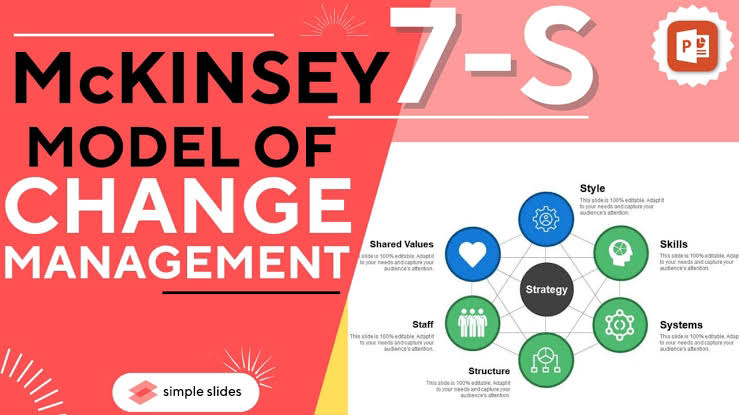Theodore Roosevelt was one of the most remarkable figures in American history. His legacy is a testament to determination, adaptability, and progressive thinking. Here's a detailed point-wise analysis of his life, achievements, and the lessons we can draw from him for the modern era.
---
Why Theodore Roosevelt Was Awesome
1. Early Overcoming of Adversity
Roosevelt was a sickly child with asthma, yet he built himself into a physically robust individual through sheer willpower and discipline.
He embraced "The Strenuous Life," pushing his physical and mental limits to become a model of perseverance.
2. Trailblazing Conservationist
Roosevelt was a pioneer of environmental conservation. He established five national parks, 150 national forests, and 18 national monuments.
He saw the importance of preserving natural resources long before it became a global concern.
3. Reform-Oriented Politician
As President, he took on powerful corporate monopolies ("trust-busting") to ensure fair competition and curb exploitation.
Introduced the Square Deal to promote fairness for workers, consumers, and businesses alike.
4. Bold Leadership and Diplomacy
Roosevelt brokered the end of the Russo-Japanese War, earning a Nobel Peace Prize.
He built the Panama Canal, enhancing global trade and U.S. naval power.
5. Courageous and Adventurous Spirit
A war hero in the Spanish-American War, he led the Rough Riders in a charge up San Juan Hill.
His post-presidency explorations, such as his journey into the Amazon rainforest, showcased his relentless curiosity and courage.
6. Prolific Writer and Intellectual
He authored over 35 books on topics ranging from history to natural science, showing a lifelong commitment to learning and sharing knowledge.
---
Lessons We Can Learn From Theodore Roosevelt
1. Embrace Challenges and Build Resilience
Roosevelt's Example: Turned physical frailty into strength through disciplined effort and an indomitable spirit.
Application Today: Overcome personal limitations by setting goals and working tirelessly toward them, whether in health, career, or personal growth.
2. Value Education and Lifelong Learning
Roosevelt's Example: His broad intellectual curiosity made him a respected historian, naturalist, and politician.
Application Today: Commit to continual self-improvement by reading, exploring new fields, and staying informed in an ever-changing world.
3. Balance Ambition with Integrity
Roosevelt's Example: His "Square Deal" was a model for ethical leadership, ensuring fairness in politics and business.
Application Today: In a competitive world, strive for success while maintaining honesty and fairness in all dealings.
4. Prioritize Environmental Stewardship
Roosevelt's Example: His conservation efforts preserved millions of acres of wilderness.
Application Today: Adopt sustainable habits, support conservation efforts, and advocate for policies that protect our planet.
5. Lead Courageously in Difficult Times
Roosevelt's Example: Tackled monopolies and labor disputes despite political risks.
Application Today: Whether in personal or professional life, make bold decisions when necessary, even if they involve short-term discomfort for long-term benefits.
6. Cultivate Physical and Mental Toughness
Roosevelt's Example: From boxing in college to leading military charges, he exemplified grit.
Application Today: Develop physical health and mental fortitude through regular exercise, mindfulness, and facing fears head-on.
7. Be Adventurous and Open-Minded
Roosevelt's Example: Explored unknown territories and cultures with enthusiasm.
Application Today: Embrace new experiences, travel, and be willing to step outside your comfort zone to grow.
---
Applications of These Lessons in the Present Day
1. Health and Fitness:
Use Roosevelt’s example to stay physically active despite a busy schedule, essential for mental clarity and long-term well-being.
2. Career Growth:
Just as Roosevelt mastered diverse fields, today’s professionals should acquire new skills to remain relevant in a rapidly evolving job market.
3. Leadership in Workplaces:
Apply his courage and fairness to resolve conflicts, mentor others, and inspire teams to achieve common goals.
4. Environmental Consciousness:
Reduce waste, support green technologies, and participate in movements that align with Roosevelt’s vision of conservation.
5. Personal Resilience:
When facing setbacks, remember his motto: “Do what you can, with what you have, where you are.”
6. Community Engagement:
Like Roosevelt, who fought for societal progress, involve yourself in local or global causes to make a meaningful impact.
7. Curiosity and Adventure:
In a digital age, explore new ideas, cultures, or technologies with the same vigor Roosevelt had for nature and exploration.
---
Conclusion
Theodore Roosevelt’s life was a masterclass in resilience, ethical leadership, and visionary thinking. By adopting his principles, we can tackle the complexities of modern life with confidence, strength, and purpose.


















